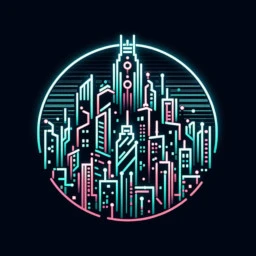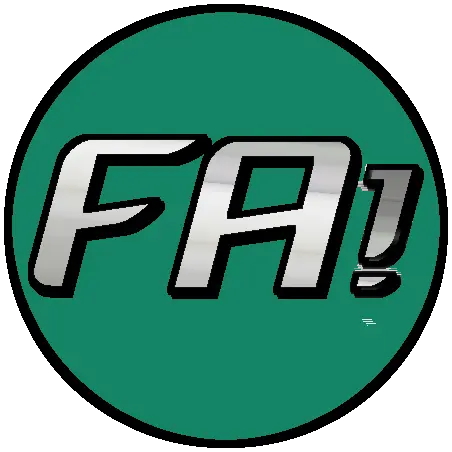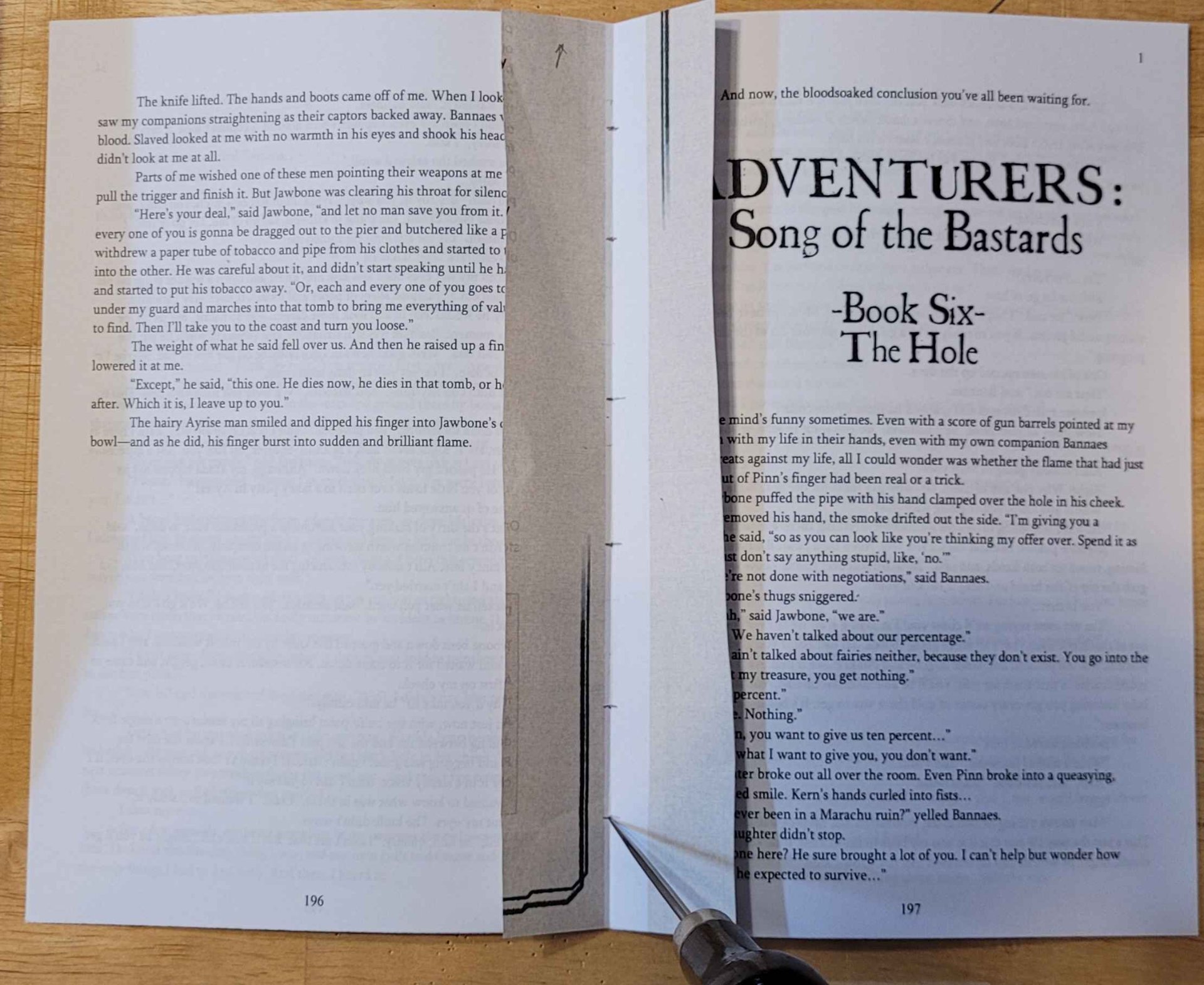Sounds like a great location! I’m in a very different climate zone so most of my advice would have been around keeping the temperature warm enough through winter, while it sounds like you won’t have to deal with a lot of that.
I’ve seen some cool designs that made glass houses out of secondhand windows or slider doors - if that appeals I can share some links but it’s a certain kind of look, and Povoq’s suggestion of clear corrugated sheets is probably easier and more uniform. Rain collection from the house roof and greenhouse roof would be very useful.
I’ll see if I have any good links for you

















It’s me! I’m the GM! I had a blast with this first session and am really looking forward to the next one